Misplacing your car keys is worrisome, but it’s nothing like the free-fall panic of losing your phone. Hollywood could make a horror movie about somebody just looking for their iPhone XR and going slowly insane.
The telephone began to pervade our lives at the end of the 19th century, and then — as you can see in these photos from The New York Times’s archives — it became our lives. Cellphones were a significant inflection point. They made it possible for us to be available at virtually any moment, which was so extraordinary that most of us tacitly accepted that we should be available at virtually any moment.
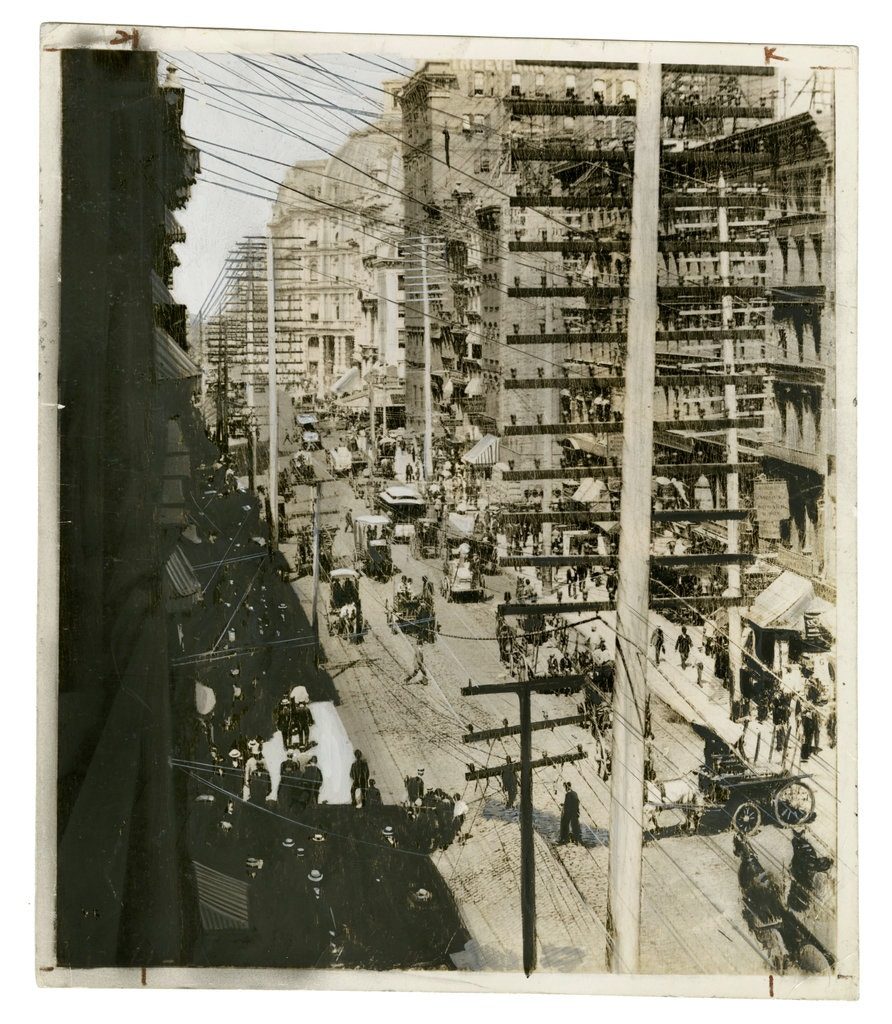
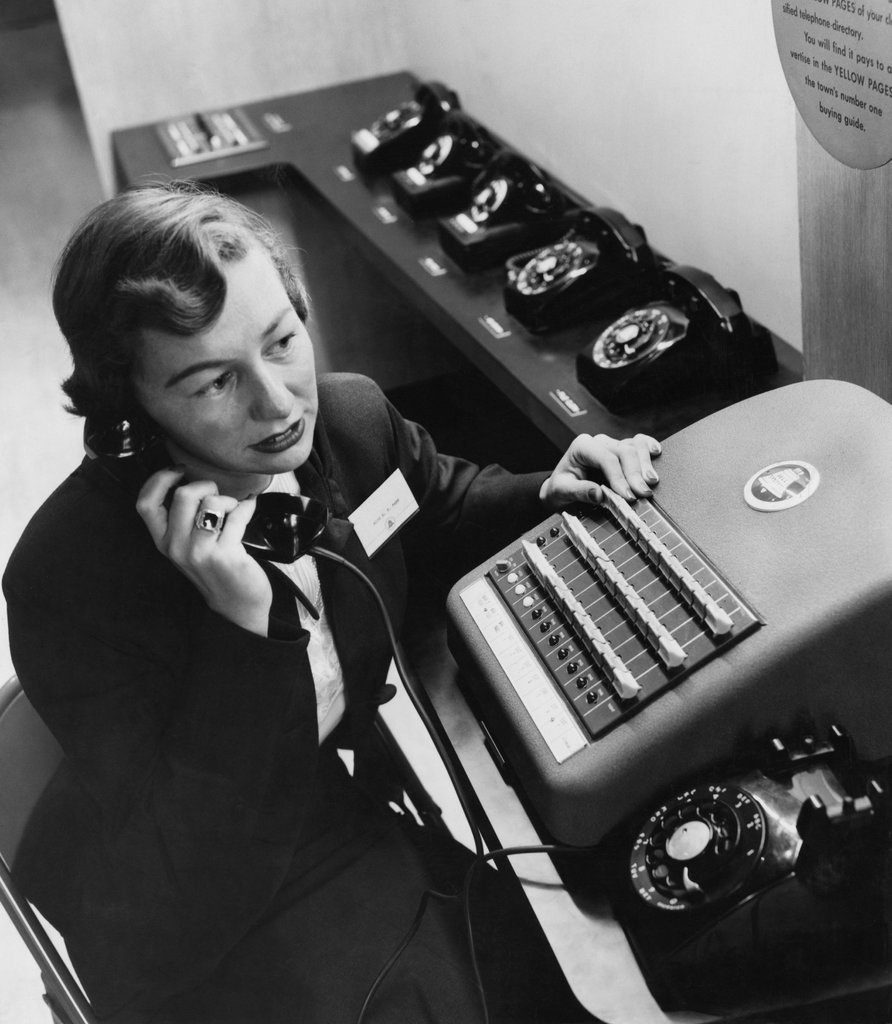
History’s first call on a hand-held wireless phone was made on April 3, 1973, by a Motorola executive named Martin Cooper. Mr. Cooper had developed the phone himself and, having a cheeky streak, decided to step out onto Sixth Avenue, in Midtown Manhattan, and call his rival at Bell Laboratories to gloat a little. Can you hear me now?
Told recently that his call was a great P.R. stunt, Mr. Cooper, who turned 90 last year, said: “Remember, this was the first public call ever made and I only cared about one thing: Was the phone going to work? This thing was a handmade prototype — thousands of parts carefully wired together by an engineer, not a production guy — and there were only two in existence.”

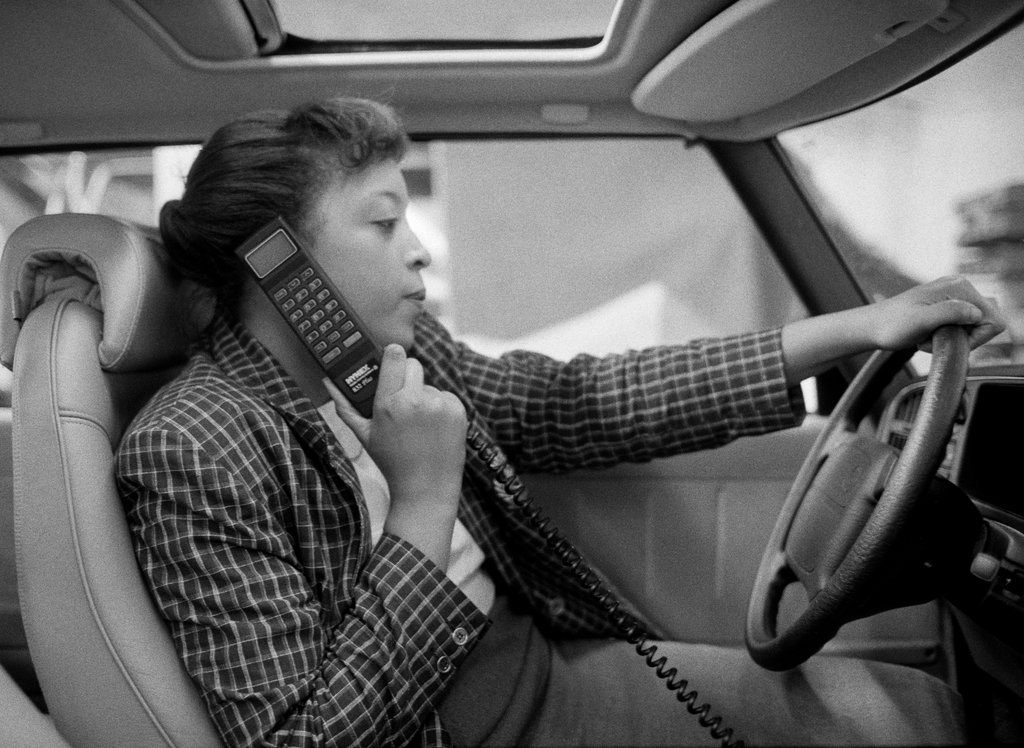
In the first photo here, Mr. Cooper’s mentor, John F. Mitchell, shows off the brand-new DynaTAC. “The Brick,” as it became known, went on sale in 1983 for $3,995 (more than $10,000 in today’s dollars). It weighed about two pounds and took 10 hours to charge. On top of that, you could talk for only 20 minutes before it went dead. In 1987, however, the DynaTAC became a symbol for the liberating power of money when Michael Douglas walked along a Hamptons beach in his bathrobe in “Wall Street” and stoked Charlie Sheen’s greed: “I’m gonna make you rich, Bud Fox. Yeah, rich enough you can afford a girl like Darien. This is your wake-up call, pal.Go to work.”
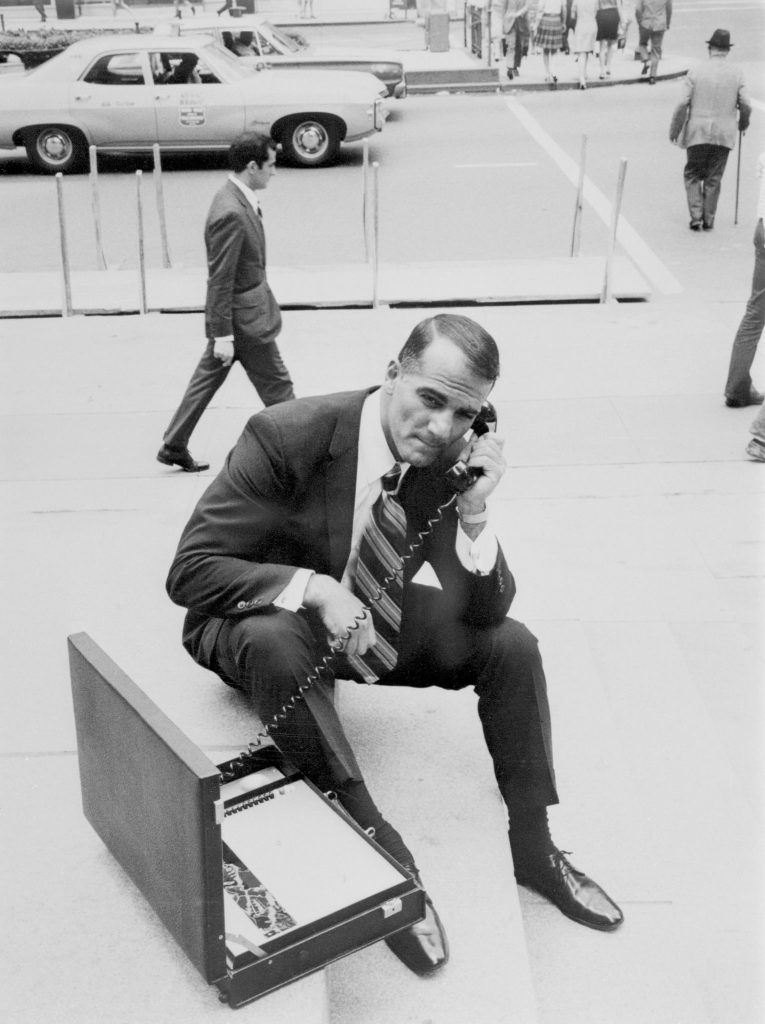

What did Mr. Cooper say back in the day when critics predicted that availability would be a curse?
“My first response was, ‘Well, we do have an on/off switch on every phone. You don’t haveto answer it,’” he said. “But my more profound response is that the cellphone is still really new in society. I have an overweening belief in the intelligence of people. We are going to figure out how to communicate with other people and live complete and wholesome lives. Yes, I’m concerned, but if you think about all the other distractions — somehow humanity has managed to survive. When the TV first came out, I spent hours watching wrestling.”
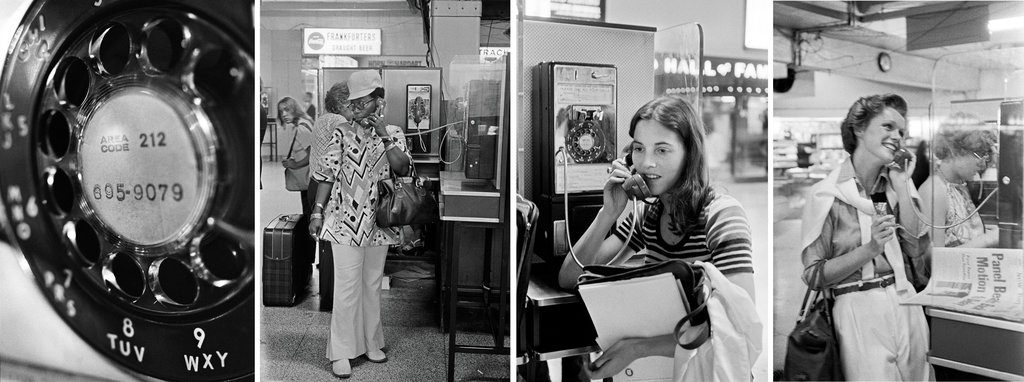
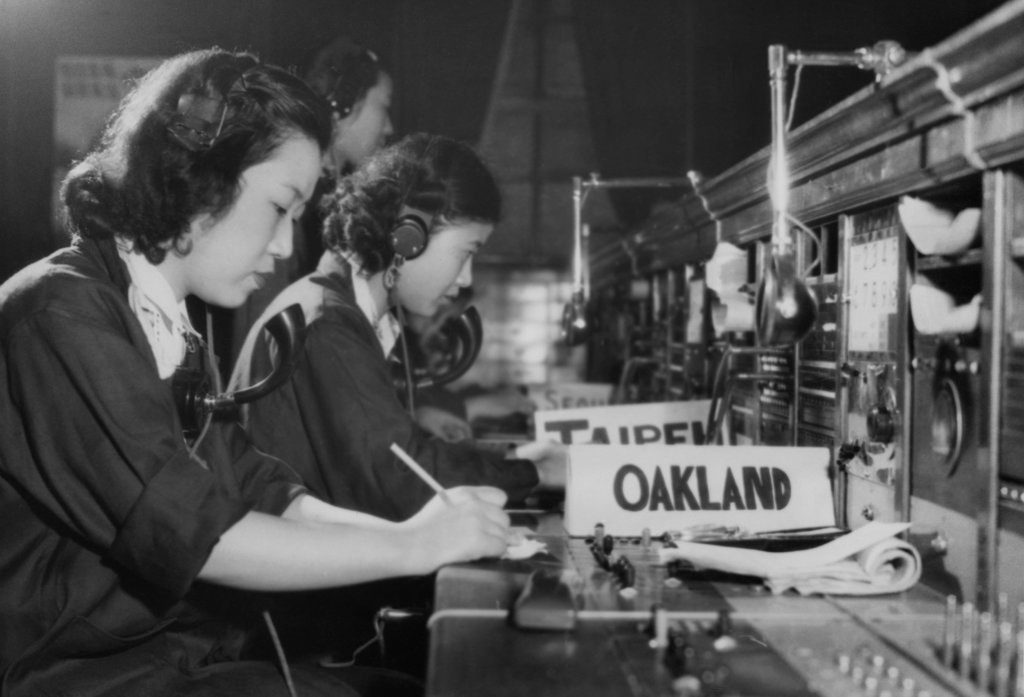

Mr. Cooper believes the good that cell technology can do — spark productivity, enfranchise the poor — far outstrips any downsides. He always buys the latest iPhone, though he gives the phones mixed reviews: extraordinary in terms of tech, but needlessly complicated from a consumer point of view.
Reminded that even his own DynaTAC “Brick” had drawbacks, Mr. Cooper laughed. He said he always tells people it was never a problem that the battery lasted only around 20 minutes — the phone was so heavy that nobody could hold it up longer than that anyway.

